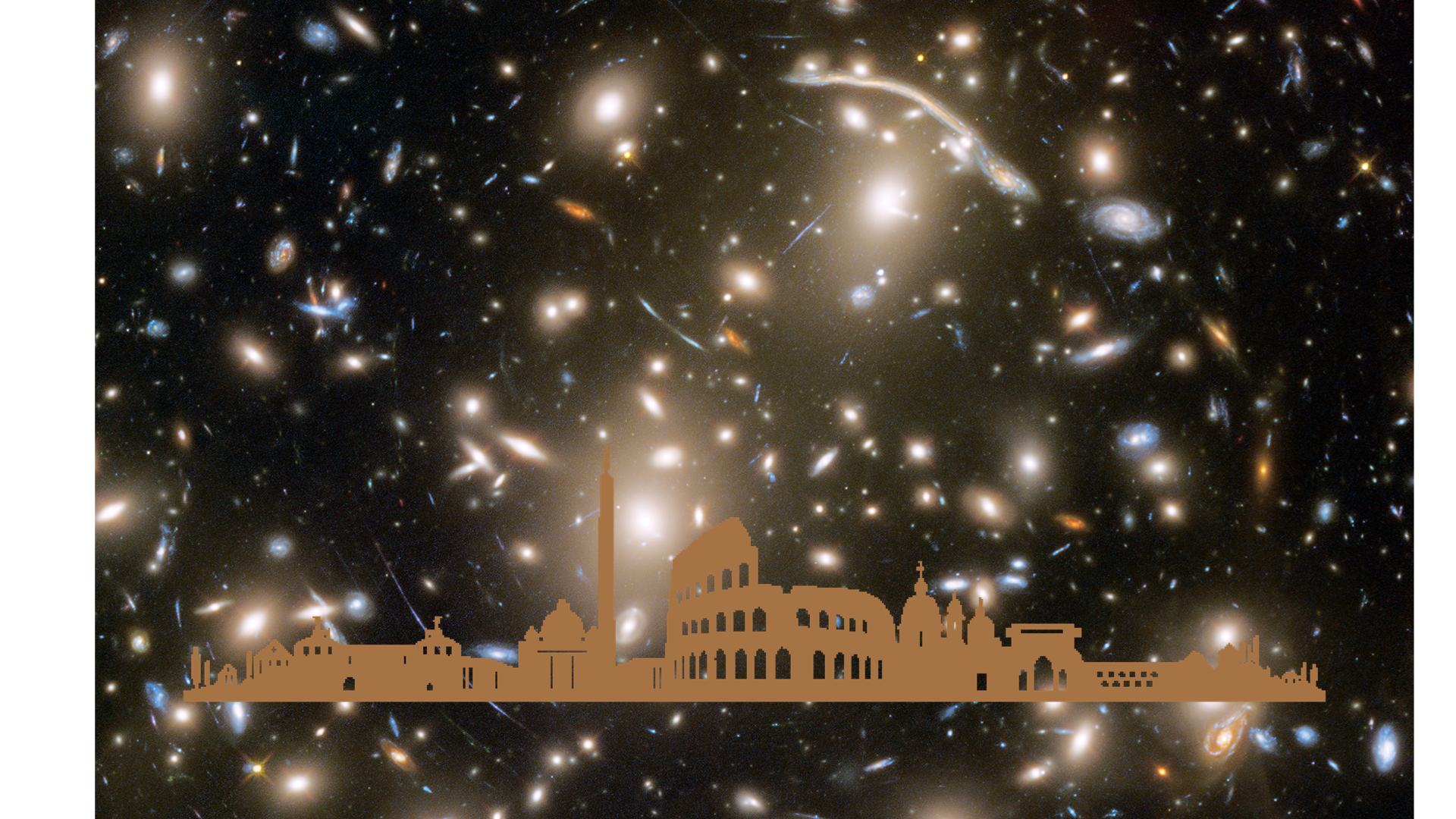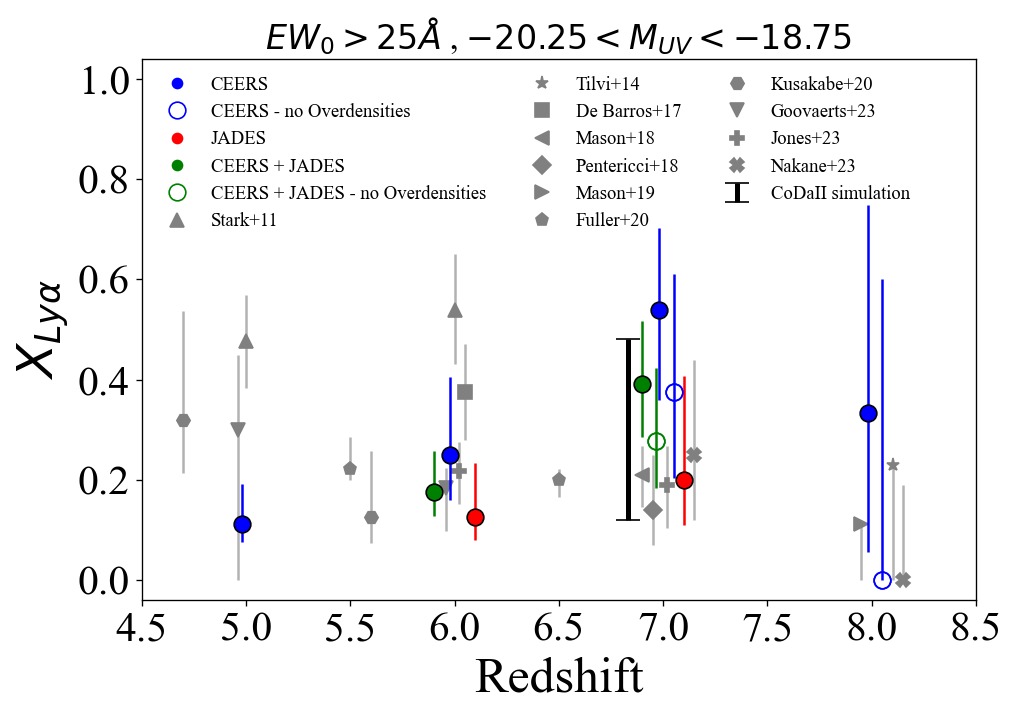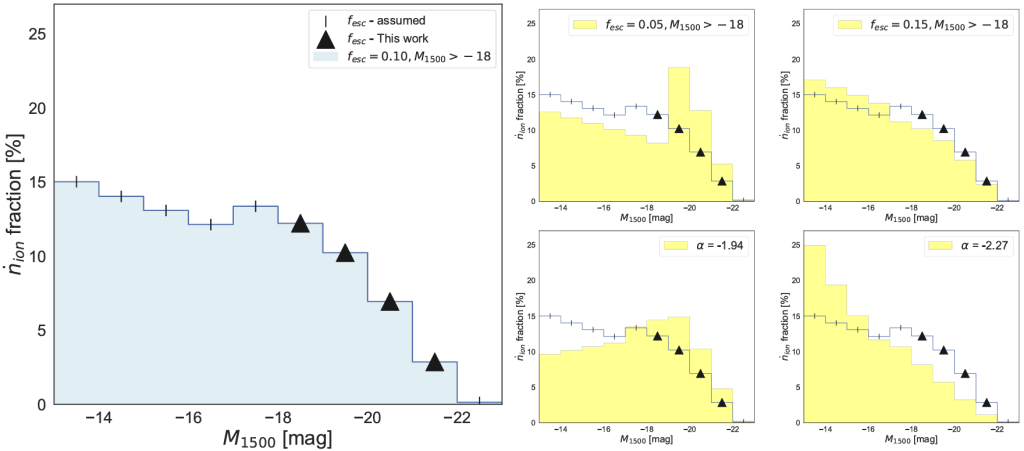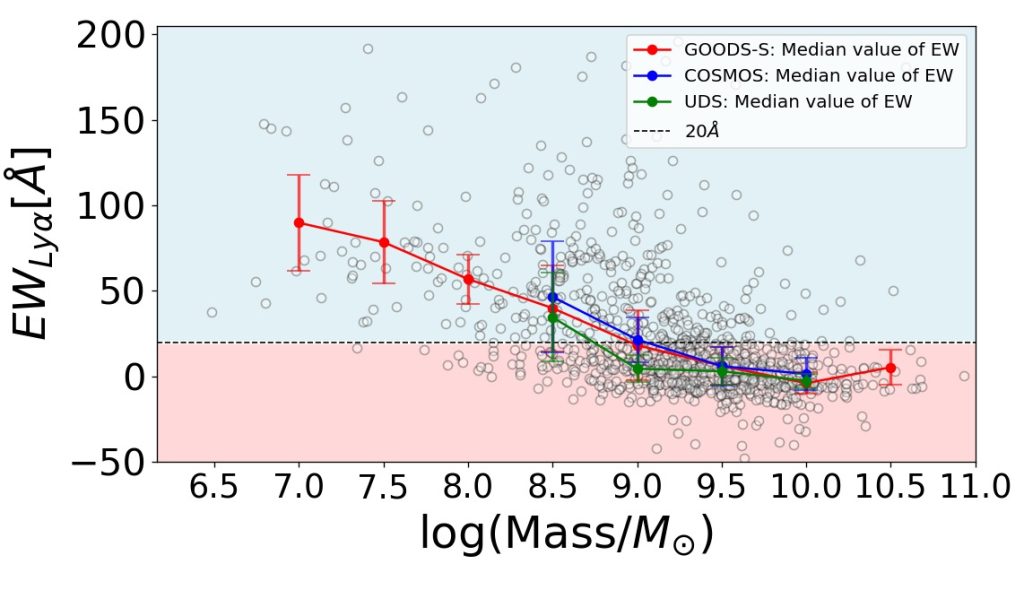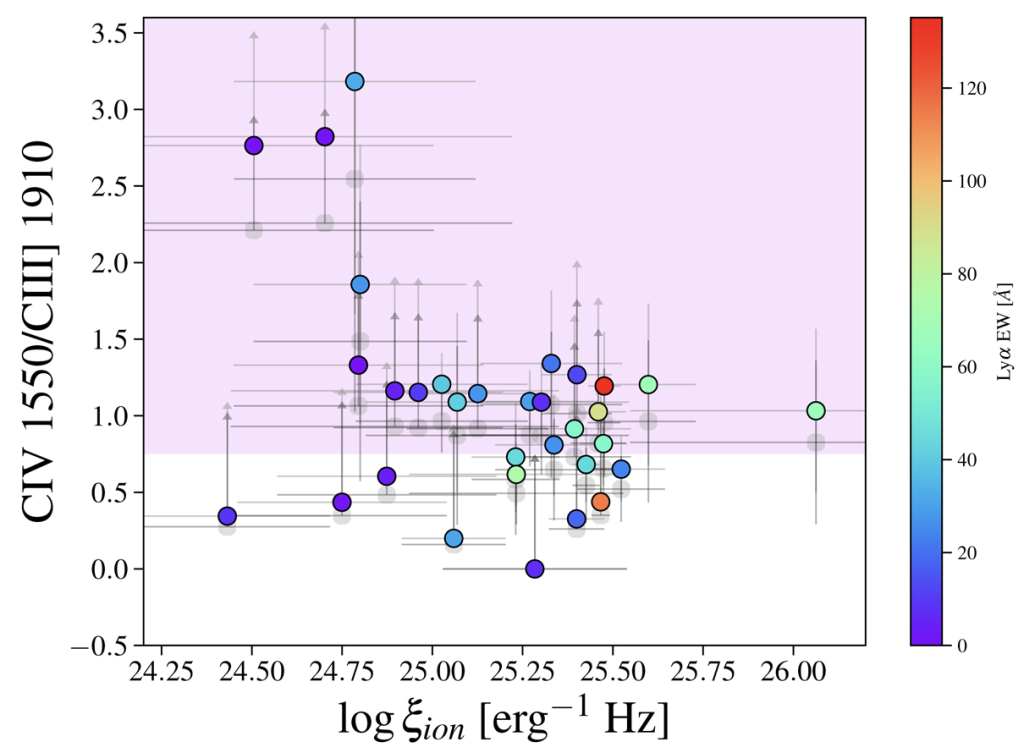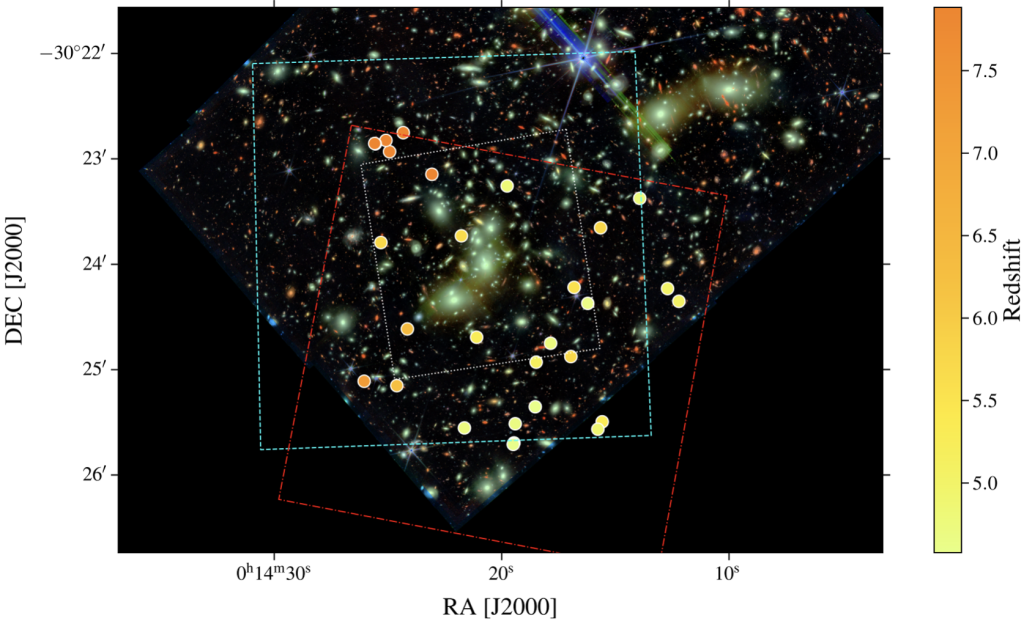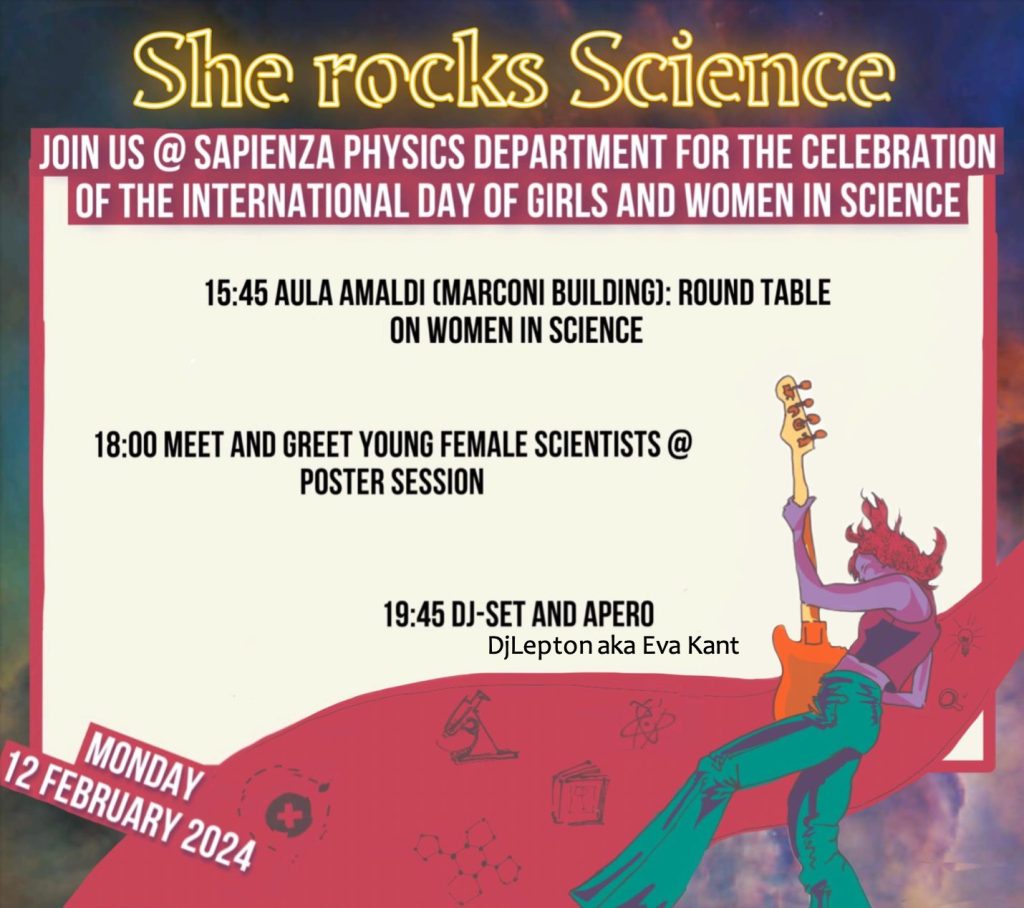https://agenda.infn.it/event/40756/
Observing distant galaxies means looking back in time because the light from those objects shows us how they were billions of years ago. In less than two years since the beginning of observations, the James Webb Space Telescope (JWST) has revolutionized our understanding of the high-redshift universe.
This revolutionary instrument allows us to find and study galaxies that existed when the universe was very young, approximately “only” 350 million years after the Big Bang. Not only did galaxies exist at such a remote time, but we have found many more than our theoretical models had predicted. So how did the first galaxies form? How did they evolve? How did they contribute to the evolution of the Universe? In this seminar, I will discuss these and other surprises that the study of JWST data has revealed about the properties of these very distant galaxies and the most mysterious cosmic era in the history of the
Universe.
The event will take place in person in Sala Consiliare.
Remote attendance via the Zoom platform at the following link:
https://infn-it.zoom.us/j/83682324121?pwd=ZlhsNzgxbGQwVGhVT2wrUHVwOU1DUT09
